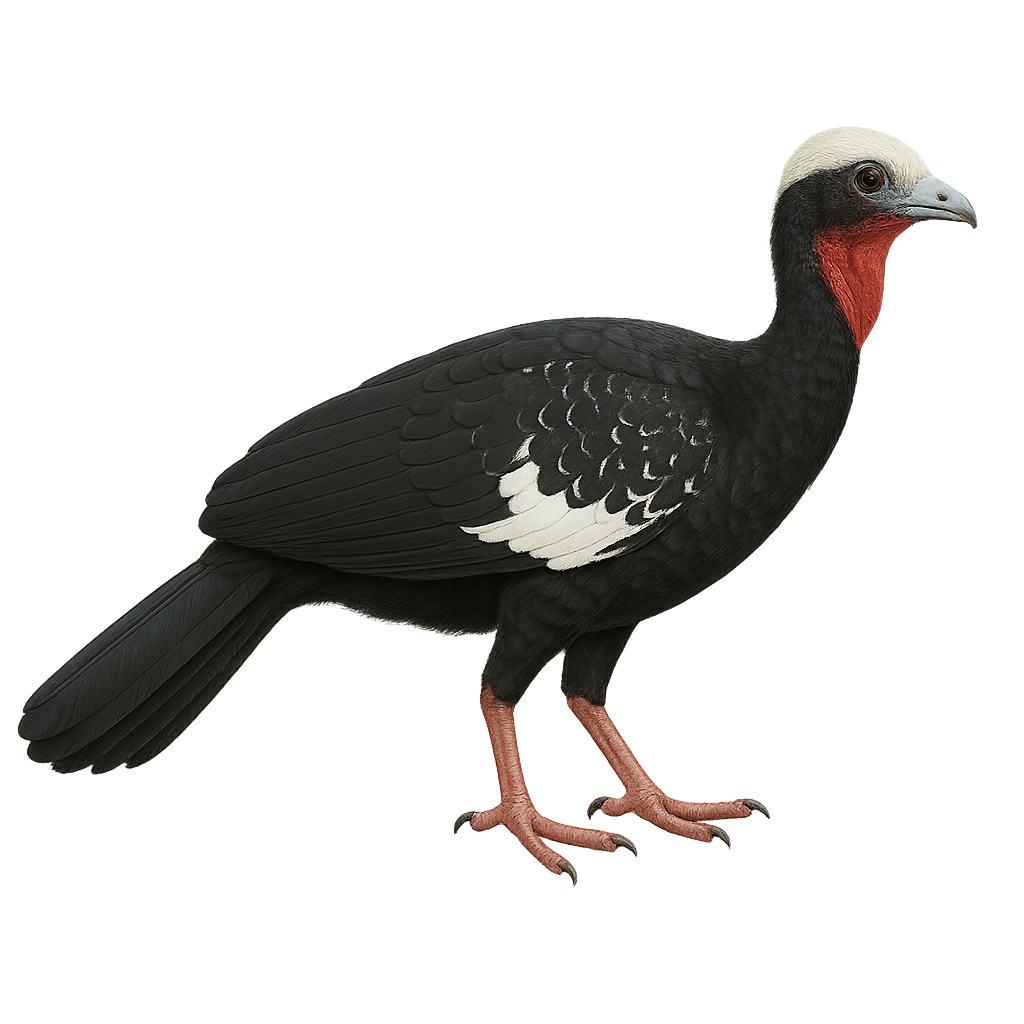Your wildlife photography guide.
Explore the red-throated piping guan in detail, study its behavior, prepare your shots.
Where to observe and photograph the red-throated piping guan in the wild
Learn where and when to spot the red-throated piping guan in the wild, how to identify the species based on distinctive features, and what natural environments it inhabits. The WildlifePhotographer app offers tailored photography tips that reflect the red-throated piping guan’s behavior, helping you capture better wildlife images. Explore the full species profile for key information including description, habitat, active periods, and approach techniques.
Red-throated Piping Guan
Scientific name: Pipile cujubi

IUCN Status: Near Threatened
Family: CRACIDAE
Group: Birds
Sensitivity to human approach: Suspicious
Minimum approach distance: 10 m
Courtship display: December to February
Incubation: 28-30 jours
Hatchings: January to March
Habitat:
Tropical rainforests, forest edges, riparian zones
Activity period :
Primarily active during the day, with peak activity in the morning and late afternoon.
Identification and description:
The Red-throated Piping Guan, known scientifically as Pipile cujubi, is a medium-sized bird native to the tropical rainforests of South America, particularly in Brazil and Bolivia. It measures about 70 cm in length and is easily identified by its glossy black plumage and striking red throat. This bird primarily feeds on fruits, seeds, and insects. Often seen in small groups, the Red-throated Piping Guan moves gracefully through the canopy. Despite habitat loss due to deforestation, it remains relatively common in certain areas. Its vocalizations consist of a mix of whistles and coos, often heard at dawn.
Recommended lens:
400mm – adjust based on distance, desired framing (portrait or habitat), and approach conditions.
Photography tips:
To photograph the Red-throated Piping Guan, focus on tropical rainforests where it is most commonly seen. Use a 400mm or longer telephoto lens to capture detailed images without disturbing the bird. Be patient and discreet, as this bird is suspicious and easily hides in dense foliage. Early morning hours are best for optimal lighting and when the bird is most active. A tripod can be helpful to stabilize your camera and achieve sharp shots.
The WildlifePhotographer App is coming soon!
Be the first to explore the best nature spots, track rutting seasons, log your observations, and observe more wildlife.
Already 1 430 wildlife lovers subscribed worldwide

